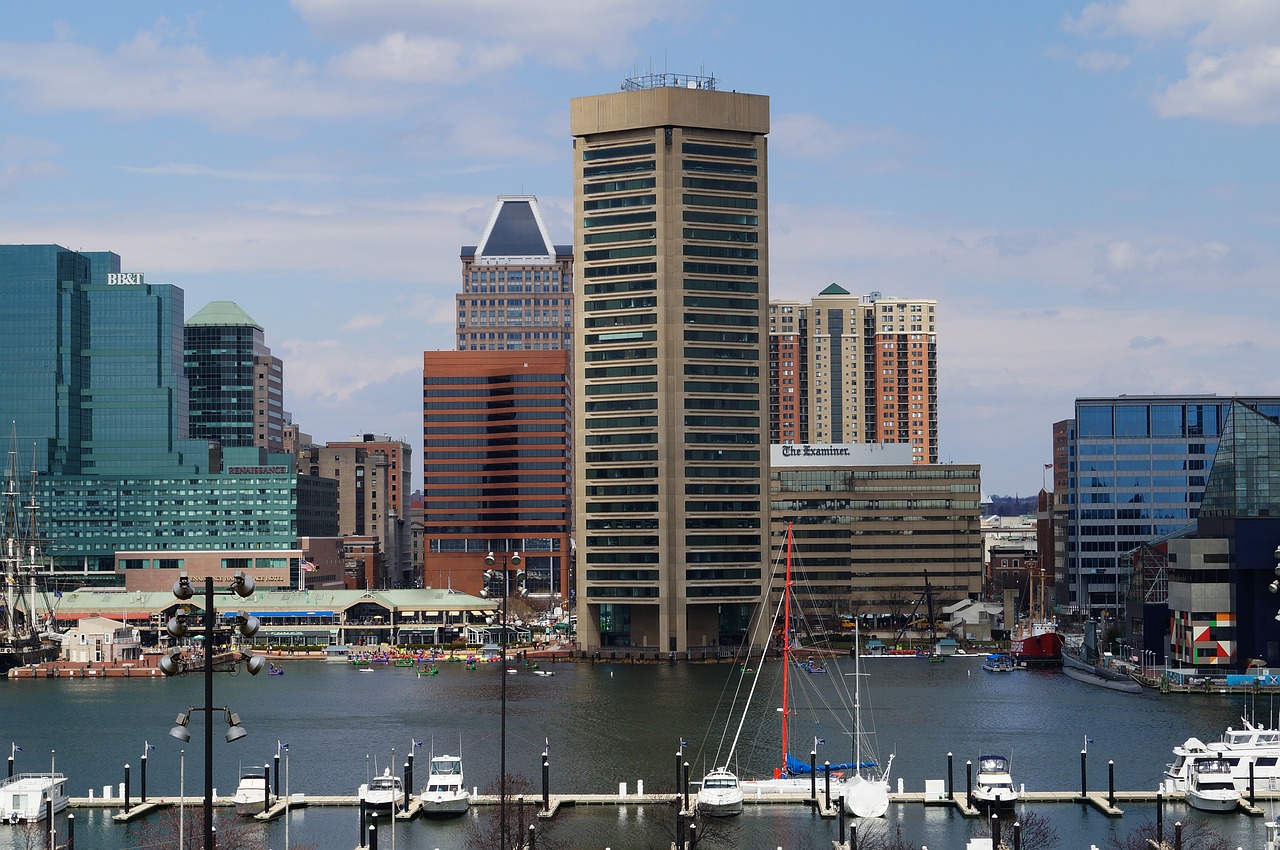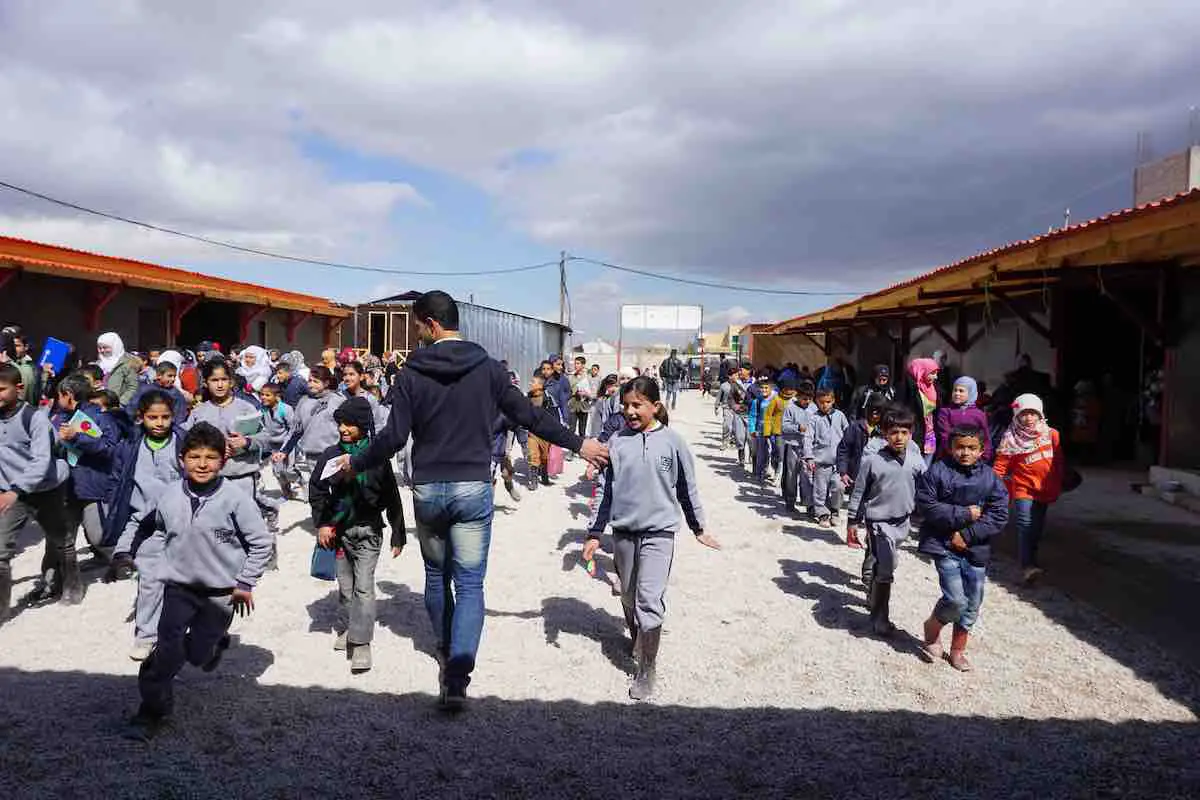From Seoul to Cairo: Public Space Projects and the Socially Sustainable City
Cairo, a mega city, is facing a range of socio-economic, cultural and environmental problems. The city is a collection of separated socio-spatial patterns and diverse ideologies, with insufficient public realm to bring together different community groups. Privatization of the Nile waterfront as well as the lack of green urban spaces in Cairo (1.5 square meters per capita) highlight the urgent need for a project that encourages togetherness and adds to the urban assets of the city. So, how can we integrate different groups with one another? Or how can people be encouraged to cross their ‘borders’? Reading the history of some parts of the city as well as reviewing global best practice might reveal some opportunities.
The Transformation of Port Said Street
Port Said Street, formerly Shari’ Al Khalij al Masri, was the canal that was ceremoniously opened during annual floods to allow river water to run through the city. It had connected the Nile with the Red Sea since ancient Egypt, pharaonic times. However, centuries of instability saw the canal closed, reopened and renamed. Despite this, the city grew significantly, encouraged by a range of factors including theKhalij canal itself as well as bridge construction. However, this growth was not experienced equally, with some districts neighbouring the canal remaining nearly uninhabited until the 18th century.

In the Mamluk period in 1744, this began to change, with patches of new communities rapidly starting to emerge. Pleasure boats were navigating the Khalij, like a little Venice today. Villas were constructed along the Khalij, with the view of water and gardens and the cool breeze starting to attract a large number of emirs, who established palaces on both sides of the Canal as places of summer residence. The Khalij as well as the Nasiri Canal supplemented each other in feeding the ponds and in irrigating gardens. And despite the presence of emirs, the Khalij became a corridor of leisure and entertainment not only for the upper class but also for the public.
During Khedive Ismail’s reign in the 19th century, tangible changes occurred on the whole city plan. Ismail built a new city on empty land west of the Khalij canal and constructed Mohamed Ali Avenue to connect the old city with his new capital. Cairo was divided into old and new parts resembling “a cracked vase whose two halves can never be put back together”. The Khalij constituted a separating line between the new city and the old quarters, where profound inequalities could be easily noticed between the old and the new. The Khalij became a source of pollution and sanitary problems due to lake of maintenance during the dry period. Eventually the course of the Khalij was drained and filled-in in the late 19th century, and its bridges removed. It became Egypt’s first tramway and the longest thoroughfare cutting through the heart of Cairo. The street is now full of street vendors and automobiles, turning downtown into a chaotic urban area.
Restoring the Khalij Canal
Restoring the Khalij and its historic crossing points could improve the liveability of Cairo and the surrounding urban environments, potentially fostering social, economic, environmental, and cultural values. A restored Khalij could also act as a catalyst for an urban branding strategy that highlight’s the city’s identity. Re-imaging a collective identity of Cairo is a key element for both community building and city branding.
A public space project like this could become a key reference in the city, bringing different communities together to share the same space and socially interact with each other. Jaime Lerner, the author of Urban Acupuncture, argues that cities can develop vibrant communities through interventions which integrate people with each other. Such interventions are ‘pinpricks’ of change. According to him a good urban acupuncture is “a spark that sets off a current that begins to spread”. Though such a project in Cairo would no be cheap, it could act as a catalyst for broader changes, many of which would have economic as well as social benefits.
Learning from Seoul

Cheonggyecheon has a similar story to that of the Khalij Al-Masri. Cheong Gye Cheon means “clear water stream” in Korean, however, the stream became contaminated during Japanese occupation between 1910 and 1945. Furthermore, refugees constructed shantytowns along the stream, eventually turning it into a symbol of poverty and pollution. Consequently, the Seoul government bulldozed and buried it beneath an elevated freeway.
Due to severe structural problems in the elevated highways as well as problems of poor air quality and serious traffic congestion resulting from the mass use of private vehicles, the Seoul Metropolitan Government decided to remove the highway and revive the river. The restoration project started in 2003 and was completed in 2005. The river corridor was divided into three zones, differentiated by urban (history), urban natural (urban and culture) and natural (in the mid of the city) landscaping. 22 bridges were proposed to link the two banks of the Cheonggyecheon. Automobiles were replaced by rapid bus lines in the city center. Moreover, restoring the river connected waterways with each other. The project provided flood protection, biodiversity, and reduced the urban heat islands and small-particle air pollution. It increased property values, attracted new businesses to the area and brought in around 64,000 visitors every day. It quite quickly restored the interaction between people and the urban environment.
Cairo is a fragmented city composed of a series of micro-cities. It has a broken public realm. What the city needs are projects that bring together the whole urban agglomeration of the metropolis. Creating pockets of small utopias could entice different groups to break out from the boundaries of their ‘territories’, bringing about a social interaction that could reform the social and spatial fabric of the city.


